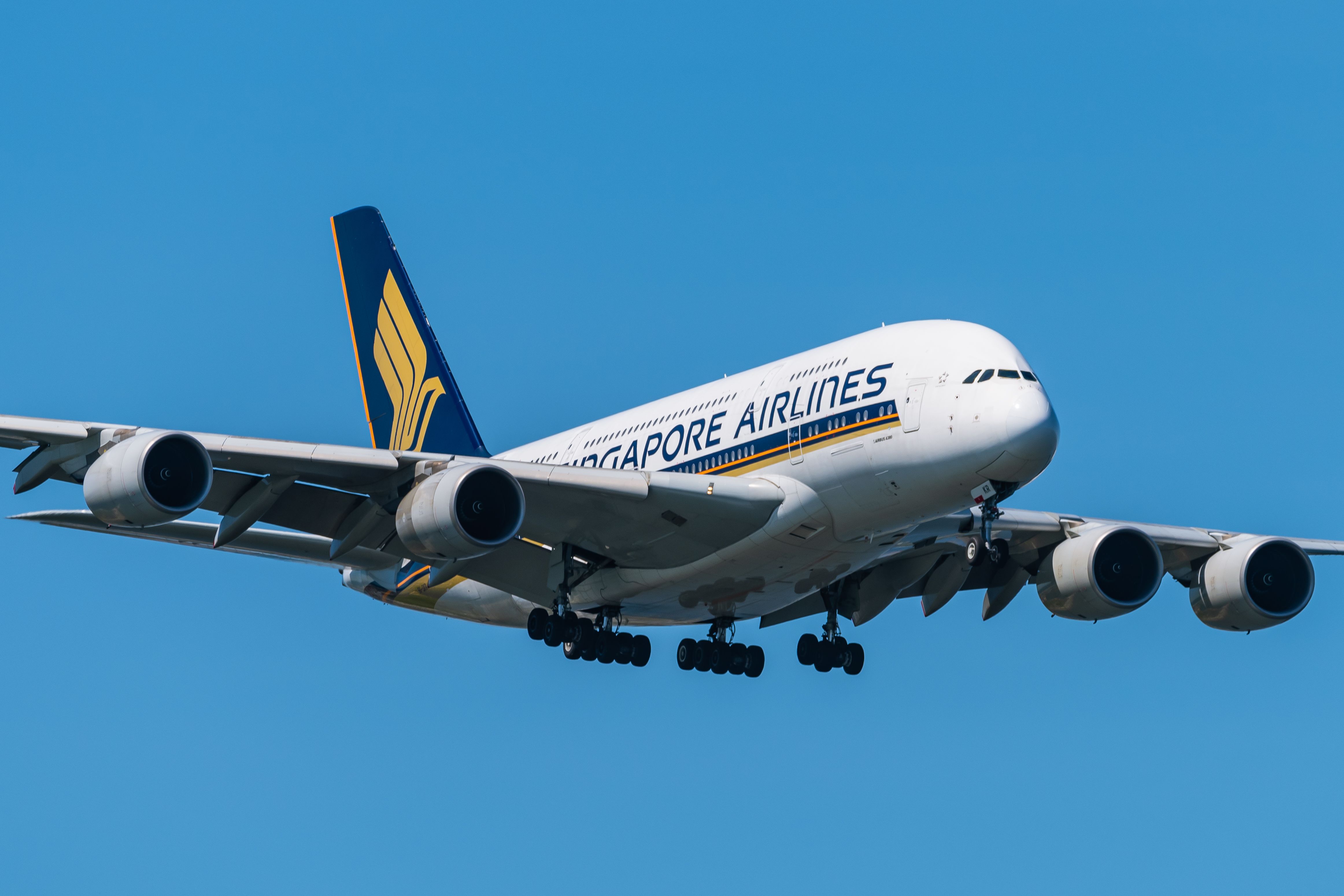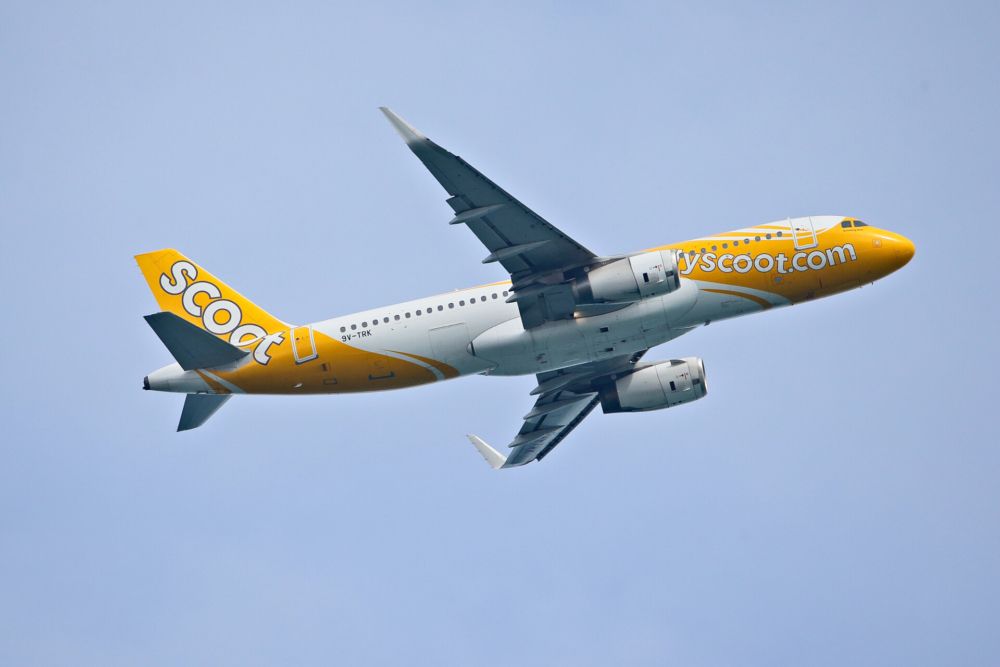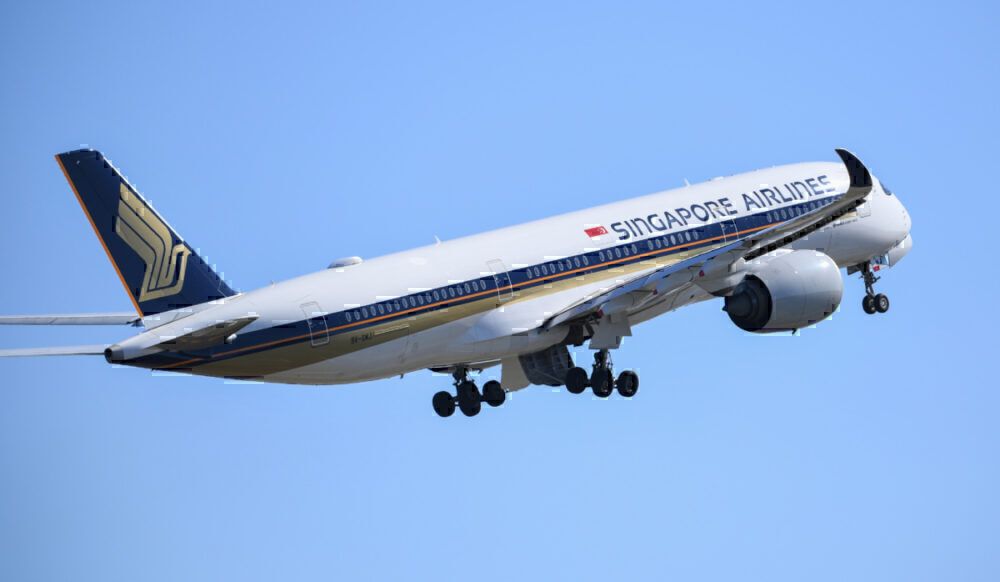When Singapore Airlines Group closed its books on March 31, it would have looked back on a year of two very different halves. In the first half of its financial year (April-March), it had total revenue of S$2.82 billion ($2.1 billion), while the second half produced S$4.79 billion ($3.6 billion).
For the full year, the group, comprising Singapore Airlines (including Silk Air) and Scoot, reported total revenue of S$7.61 billion ($5.7 billion). The group close to doubled 2020/21 revenue of S$3.81 billion and carried 3.9 million passengers, compared to 596,000 in the previous year. By April, capacity, as measured by available seat kilometers, had recovered to 51% of pre-COVID levels. The group's low-cost carrier Scoot has also gained ground, carrying 502,000 passengers, compared to 82,000 in 2020/21.
A small second-half profit, but it's a start
For the 2021/22 financial year, the group reported an operating loss of S$610 million ($457 million), a remarkable turnaround from its S$2.51 billion ($1.88 billion) loss in 2020/21. In the second half of this year, Singapore Airlines Group made a small but welcome profit of S$10 million. One concern is that despite the solid second-half load factors only reached 30%, although that was well ahead of the 13% of 2020/21.
During the worst of the pandemic, Singapore Airlines had parked most of its Airbus A380 fleet at Alice Springs airport in the center of Australia. It now has 10 of its 17 A380s back in service on long-haul routes, including Singapore Changi Airport (SIN) to Sydney Kingsford Smith Airport (SYD). According to ch-aviation.com, Singapore Airlines has 125 aircraft back in service out of its fleet of 151, with the Airbus A350 and A380 and the Boeing 777-300ER and Boeing 787-9 aircraft doing most of the heavy lifting.
Singapore Airlines has 31 Boeing B777X and 10 B787 aircraft on order and appears to be unfazed about any possible delays with the B777X project. Reuters reported that Chief Executive Goh Choon Phong told analysts and media:
"At the moment I don't think that our growth plan will be severely hampered. We do have some flexibility in terms of making up for any potential loss of capacity."
The network is growing and nonstop Transpacific is back
Singapore Airlines' traditional markets in Australia, Europe and North America are rebounding quickly. Borders are reopening across Asia, except in China and still only partially in Japan, so the outlook for the rest of this year is promising. The nonstop Airbus A350-900 ULR service to Singapore-Newark has resumed, and the A380 is flying to New York via Frankfurt, to Mumbai, Delhi and Sydney. The group's network covered 93 destinations in 36 countries at the end of March, edging closer to the 137 destinations it covered pre-COVID.
Singapore Airlines will be the launch customer for the Airbus A350F, which will replace its fleet of B747-400F freighters. It has a firm order for seven aircraft, with deliveries to begin in the fourth quarter of 2025. It has also formed a cargo partnership with logistics giant DHL Express for five Boeing 777 freighters. The aircraft will have a dual DHL-SIA livery and be operated by SIA pilots on routes to the US via points in North Asia from July 2022. SIA will oversee the aircraft maintenance, and the five freighters will be based at Singapore Changi Airport.
It's somewhat surreal to see A380s back on high-capacity routes when so many were exiled to the desert. Is there a long-term future for the a380?
Discover more aviation news here.
Source: Reuters



